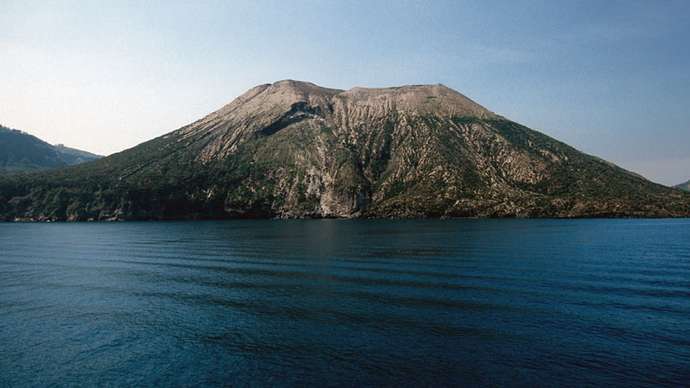
© Shutterstock via britannica.com
Vocabulary:
I will read the words, meanings, and sample sentences. Then, repeat after me.
- respiratory /RES-per-uh-tawr-ee/
- ordinance /AWR-dn-uhns/
- observatory /uhb-ZUR-vuh-tawr-ee/
- seismic /SAHYZ-mik/
- thermal /THUR-muhl/
[adjective] – relating to breathing
Symptoms of the illness include respiratory problems and nausea.
[noun] – a law or rule made by a government or authority
The city ordinance indicates that parks must be closed at 11 p.m.
[noun] – a building from which scientists can watch the planets, the stars, the weather, etc.
Scientists at the observatory are currently observing the possible thunderstorm forming.
[adjective] – relating to or caused by an earthquake
Seismic activities were detected in Mt. Fuji.
[adjective] – connected with heat
If you’re not used to the cold, it’s advisable to wear thermal clothes.
Article reading:
Please read the whole article. Then, I will check your pronunciation and intonation.
Majority of the 250 residents of the volcanic Italian island of Vulcano were ordered to evacuate after dangerously high levels of carbon dioxide (CO2) in the air had been causing respiratory difficulties in people and their pets on Thursday, October 21. According to the Italian National Institute for Geophysics and Volcanology (INGV), carbon dioxide levels around Vulcano in the Aeolian archipelago off the north coast of Sicily have soared from 80 tons to 480 tons, dramatically reducing the amount of oxygen in the air. Mayor Marco Giorgianni of Lipari signed an ordinance ordering the evacuation of the port area and establishing a “red zone” in which non-researchers and non-civil protection officers are not permitted to stay. On the other hand, people can remain in “yellow zones” but only on the upper floors of their homes. Non-resident visitors and tourists are also prohibited from visiting the island for a month under the ordinance.
“The activity of the volcano gives us reason in this moment to pay attention even if almost all of the data points to a condition of stability,” Giorgianni said in his message on the Lipari Comune’s Facebook page. “The data that motivated my ordinance is the increasing gas emissions.” INGV’s Palermo and Catania-Etneo Observatory website claims that four geochemical stations that detect CO2 from the soil are now operational. To supplement the existing seismic stations, the observatory has erected seven new sites: six on Vulcano and one on Lipari. A high-definition thermal camera to monitor soil temperature has also been installed.
“The activity of the volcano gives us reason in this moment to pay attention even if almost all of the data points to a condition of stability,” Giorgianni said in his message on the Lipari Comune’s Facebook page. “The data that motivated my ordinance is the increasing gas emissions.” INGV’s Palermo and Catania-Etneo Observatory website claims that four geochemical stations that detect CO2 from the soil are now operational. To supplement the existing seismic stations, the observatory has erected seven new sites: six on Vulcano and one on Lipari. A high-definition thermal camera to monitor soil temperature has also been installed.
Discussion Questions:
I will read each question. Then, please answer them.
- Have you been to a volcanic island? If yes, how was your experience there? If not, would you visit one and why?
- Does your country have many active volcanoes? Please tell me more.
- If you were a resident of Vulcano, would you stay in the “yellow zone” or evacuate? Why?
- What do you think is the cause of the sudden increase of carbon dioxide in Vulcano?
- As citizens, how can we help balance the amount of carbon dioxide and oxygen in the air?
Summarization
Please summarize the whole article using your own words and expressions. You will have one minute to prepare before you answer.
Describe:
Please explain the definition of each word listed below based on your understanding. You can provide example sentences if needed.
- soar
- dramatically
- prohibit
- stability
- operational